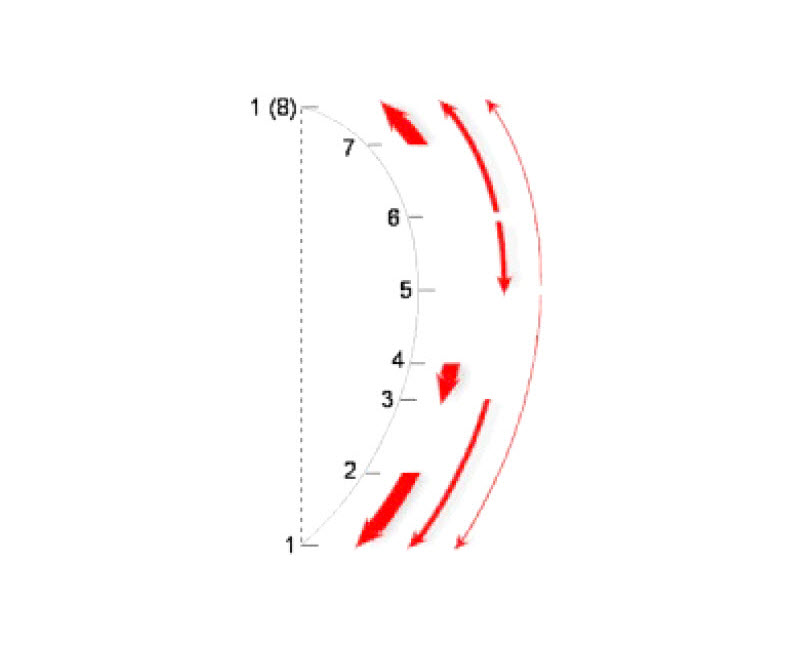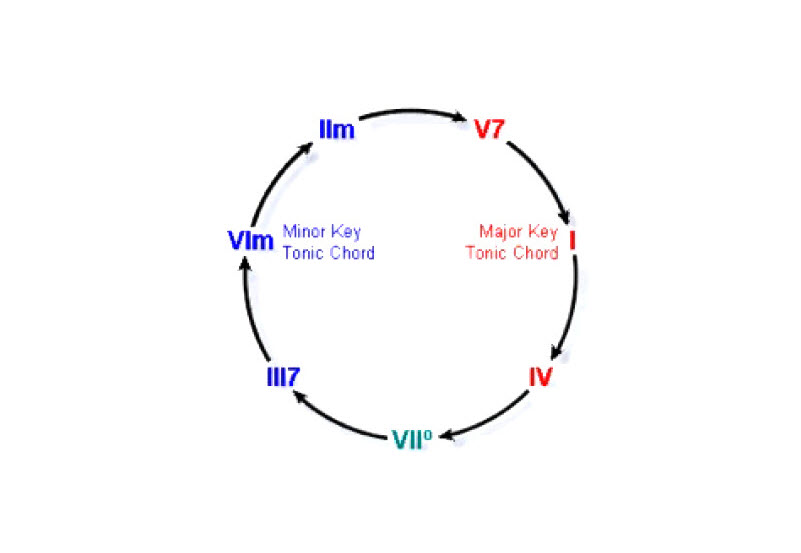You Are Reading the First 6 FREE Chapters (470 pages)
6.7.8Comparing Chord Scales with Melody Scales
Chord scales and melody scales have very different properties and functions. The Table 45 below compares them in detail.:
TABLE 45 Summary of Differences Between Chord Scales and Melody Scales
Melody Scales |
Chord Scales (Circular Harmonic Scales) |
|
|---|---|---|
Scale Units |
Notes (pitches). | Chords (triads, sevenths, etc.). |
Number of Units
|
Normally 5 to 7 notes, not including repetition of the octave note. | Always 7 chords. However, each circular harmonic scale position may be occupied by one of numerous variants of the “default” chord. |
Number of Scale
|
Many types, including major and minor diatonic, pentatonic, modal, Indian, Arabic, etc. | Only one type: the circular harmonic scale. |
Number of
|
24 in total: one melodic scale for each major key and one for each minor key. (Note: there are several minor scale variants: natural minor, melodic minor, harmonic minor.) | 12 in total: one harmonic scale for each pair of relative keys—major and relative minor (or vice-versa). |
Scale Degree
|
Arabic numbers represent scaledegree notes. For example, the notes of the diatonic scale are represented as 1, 2, 3, 4, 5, 6, 7, 1(8) | Nashville Number System: Roman numerals represent chords named for their
scale-degree roots. Alphabetic letters, Arabic numbers and other symbols represent
chord functions. For example:
|
Scale Degree
|
Alphabetic letters represent the notes of a specific melody scale. Accidentals follow the letter-names of the notes where applicable. For example, the D major scale is: D, E, F♯, G, A, B, C♯, D. | Alphabetic letters represent the chords of a specific circular harmonic scale. Accidentals follow letter-names of chords where applicable. Alphabetic letters, Arabic numbers and other symbols are then added, representing chord functions. For example, the circular harmonic scale for the key of D major and its relative minor is: D, G, C♯º, F♯7, Bm, Em, A7, D. |
Normal Interval
|
Melodic interval of a semitone or a tone. | Harmonic interval of a fifth progression. |
Natural Direction of
|
Ascending or descending are equally natural. | Descending only (clockwise) is natural. |
Visual
|
Vertical curve:

|
One-way circle:

|

